15+ Mothers-in-Law Who Can Turn an Ordinary Day Into a Comedy Show

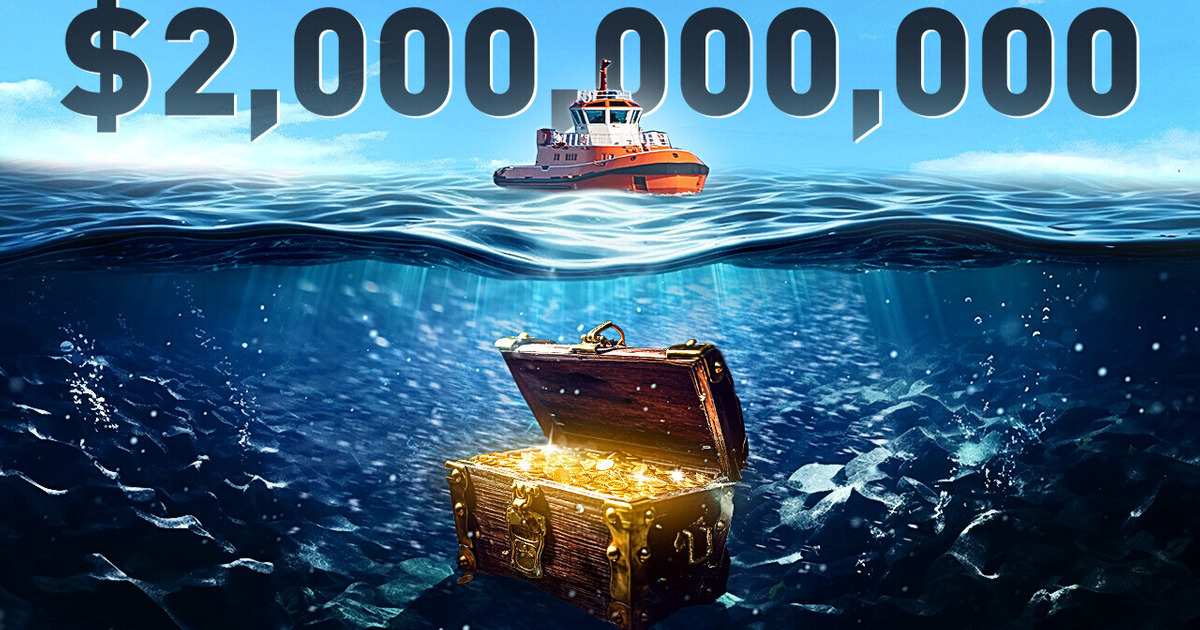
Legends about sunken ships with gold on board. A treasure chest on a desert island. A treasure map and an unsolved cipher. The search for hidden jewels, adventures, fake trails, hidden clues, and fabulous wealth. All this can be found not only on the pages of adventure novels and in movies but also in real life.
Some people really make a living by looking for treasures and selling them for big money. The good news is that you can try it too. The bad news is it’s not as exciting as you might think.
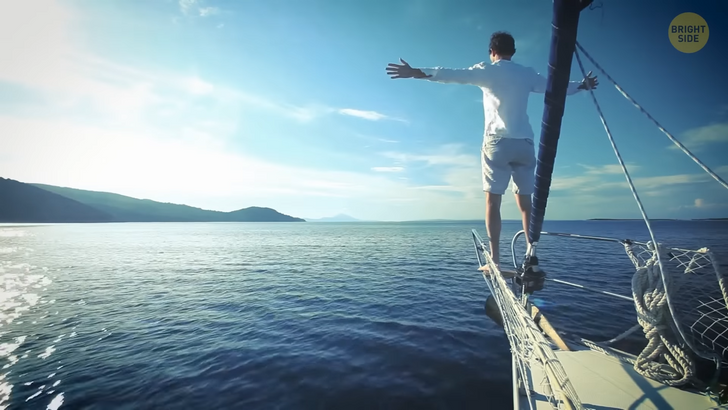
So, to find precious stones or ancient gold necklaces, you first need to know where to look. You can find information about such places on the Internet. And besides you, hundreds or thousands of other people do the same, which reduces your chances of winning. Of course, cool treasure hunters know secret places and maps, but you’re a beginner, so try to look for gold here.
So, our first place is Crater of Diamonds, State Park, Arkansas. At the beginning of the 20th century, people first discovered diamonds here. Commercial companies tried to set up gemstone mining here but failed. In the 50s, this place became famous because of a 15-carat shining stone called the Star of Arkansas found here.
This park has become a tourist attraction, where people still hope to find shiny stones. For all the time researchers have been digging the ground here, about 30,000 diamonds have been found. They find about 600 stones yearly, significantly improving their financial condition.
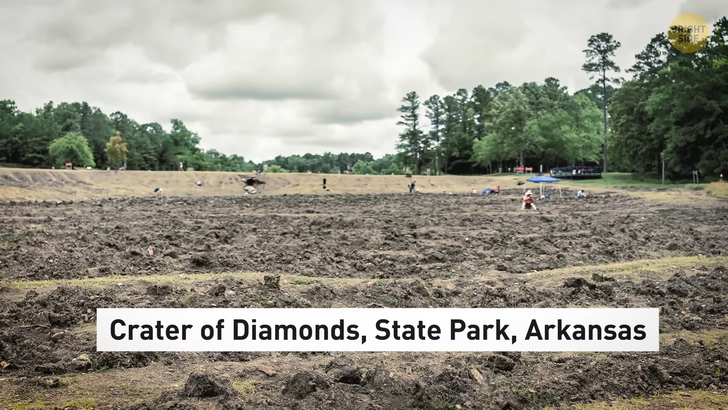
The other location is in Bedford, Virginia. And here, you will have to work hard to find something valuable. There’s a legend that in 1819, Thomas Beale and a group of men hid many treasures somewhere here that they had gotten in the western part of the country. The exact location of the treasure is unknown, but Thomas wrote a cipher that contains its coordinates.
He and all the others who knew the secret code passed away. And people are still trying to decipher the coordinates. One part of the cipher was solved, but it contained information about the contents of the treasure. Other parts of the cipher remain unsolved. Even though many consider this story fiction, cryptographers are still trying to unravel the cipher. Perhaps, you can do it.
Many people are looking for diamonds, gold coins, and jewelry. But what about something more unusual? What about jade? This is a beautiful semi-precious stone of mostly green color that you can find in Jade Cove, Central Coast of California. To get a big green stone, you need to scuba dive near the shore and look for it on the seabed. But if you’re lucky, you can find small jade pebbles on the beach after a storm or at low tide.
Remember that there are also sunken ships with priceless cargo besides natural gems and diamonds. One of them is the Spanish vessel San Miguel, which sank in 1715, on the Atlantic coast of Florida, near Amelia Island.
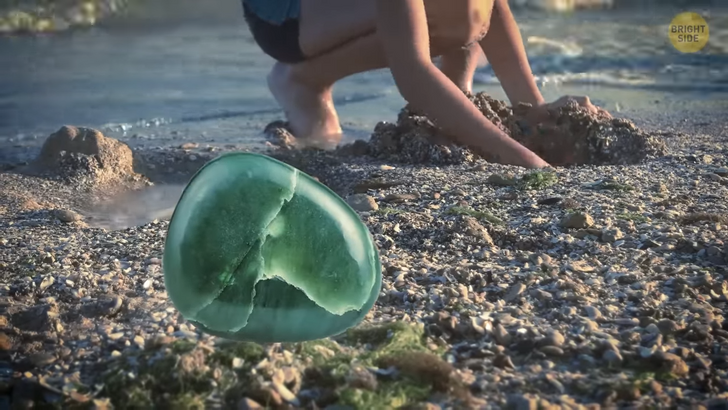
The cargo price of this ship may be worth about $2 billion, but the seekers managed to find only a tiny part of this treasure — hundreds of gold coins. Where the rest of the cargo is remains unknown. San Miguel is one of the many ships that belonged to the Spanish cargo fleet.
Searchers were able to find other wrecks, but the location of San Miguel is still a mystery. You have a chance to find it but don’t waste too much effort. Even if you find the ship, you won’t be able to take all of its jewels. The Queens Jewels salvage company owns a vast area where the boat sank. So, if you find something there, you’ll have to give it away to avoid problems with the law.
Okay, we found out the places where you can find treasures. Now it’s time to prepare. So, it would be best to have an underground metal detector, headphones, a pinpoint, a sand scoop, and a good shovel.
The prices for metal detectors range from several hundred to several thousand dollars. You probably have an expensive device if you’re a professional seeker with many years of experience. But if you’re a beginner, this metal detector for a little more than $138 will suit you. Put it in a Metal Detector Carrying Case and go to the treasure spot.
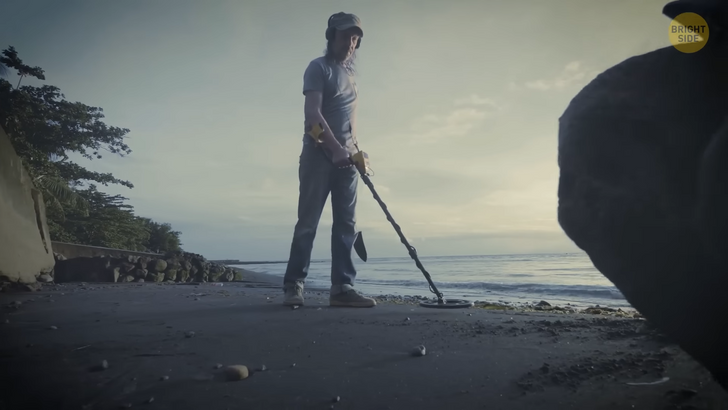
Metal detectors have VLF — very low-frequency technology. It consists of two coils that create an electromagnetic field. When an object conducting electricity enters the zone of this field, the detector field notices a small electromagnetic field of this object. Metal detectors catch the signal if a metal object is near the surface. But if the treasure is buried deep, you need to fork out for a more expensive device.
Also, a more expensive detector extends its effect to a wider range of metal types. When it finds someone’s electromagnetic field, it sends a signal you need to hear through highly sensitive headphones, such as these.
Then, when you have detected the signal, you need to find its exact location. To do this, use a pinpointer. This thing works on the principle of a metal detector, but the area of its magnetic field is much smaller, which allows you to find a small coin or a tiny gemstone on a little plot of ground. And as soon as the pinpointer spots something, use a shovel to dig out the treasure.
Okay, you’ve arrived at the place and found the treasure with the help of a metal detector. Don’t rush to rejoice because you can break the law by taking possession of the prize.
There’s a vast set of laws concerning such finds. And it all depends on the country where you find it. Therefore, before you go somewhere, look at the rules in this country. Perhaps you will be banned from leaving the place with the found jewelry, and the customs will force you to give it all to the state. Or you could end up in jail. To avoid this, carefully study the rules.
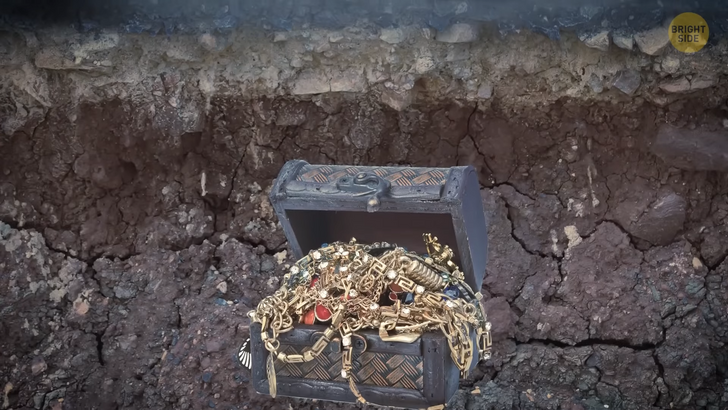
In some countries, if you find ancient jewelry or coins, you must give them to a local museum for study. Besides, there’s a rule called treasure trove. According to it, you can keep the jewels only if you find them on your land. But if the land belongs to someone else, the treasure must be divided between the owner and the one who found it. And you should not ignore these rules.
In 2015, two guys discovered an artifact from the Viking age and didn’t tell anyone about it. They auctioned these old things, and the police imprisoned two guys for several years.
Any treasure found in the UK automatically belongs to the Crown. All states except Scotland must hand over the found artifacts to the King or Queen.
In the USA, the treasure-hunting system is much more complicated. The rules vary depending on the state. For example, you can own the found treasure only if there’s no official owner. But if you suddenly see a golden horse of the 19th century belonging to some Mr. Smith, then you will have to fight for the right to own the horse with the relatives of this Smith.
In case of a found shipwreck, you must first ensure that nobody owns it and is not looking for it. But not everything is so bad. If you find someone else’s ship, you’re entitled to a percentage of this treasure. This is called the law of salvage. It says that a rescuer or a seeker works to return lost items on behalf of the owner.
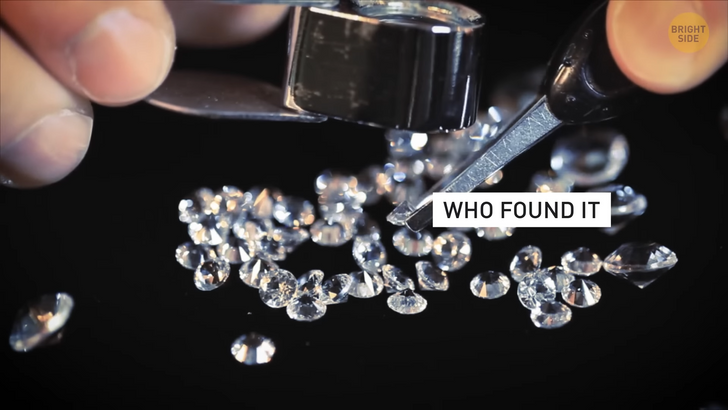
And to pay the seeker for the work, the owner gives them a percentage of the value of the found valuable artifact. The rate depends on the risk the seeker took during the operation and the complexity of the searches.
The laws of Florida, for example, clearly state that everything you find in the water a few miles from the shore belongs to the United States. This applies not only to the ocean but also to lakes and rivers. It’s illegal to search for marine artifacts without special permission. Therefore, if you find some valuable wreck, you should report it to the Coast Guard.
Yes, the code of rules and laws doesn’t allow you to own everything you have found, but this doesn’t mean you can’t get rich.











